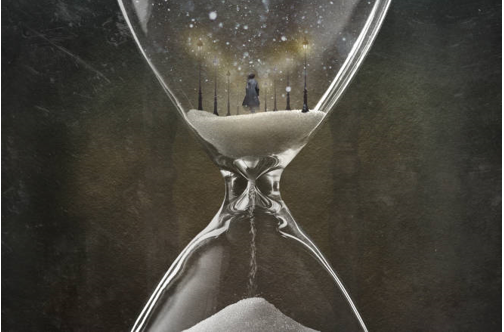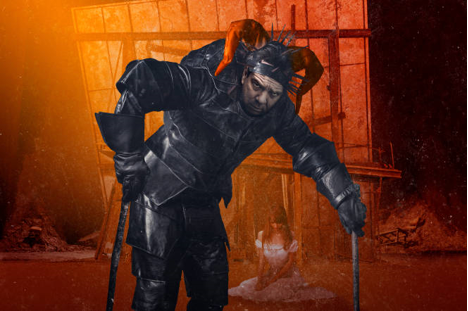Lucia de Lammermoor at the Metropolitan Opera
In 1760 the Scottish poet, James Macpherson, published translations of poetry by the ancient Celtic bard, Ossian. Thereafter, the vision of the Scottish landscape was a reflection of nostalgic mists and clattering hooves, with lakes, green hills and heather.
Whilst the opera premiered in 1835 in Naples to great acclaim, it did not have its Metropolitan Opera premiere until 1883. It is loosely based on Sir Walter Scott’s novel, The Bride of Lammermoor, which was inspired by a true story that had haunted him in childhood. This story related to Janet Dalrymple, a Scottish girl from a noble family who, in 1669, fell in love with Lord Rutherford and they agreed to marry. However, her family objected and insisted she marry the son of the very wealthy Sir David Dunbar of Baldoon. Violent screaming was heard from the bridal chamber on their wedding night and when the door was broken down Dunbar was found bleeding on the floor and Janet, maddened, was found crouching in the fireplace covered in soot and blood. Within two weeks she was dead and her groom left Scotland, never to return.
Within the context of this drama, the beauty of the operatic music in Lucia’s ‘mad scene’ becomes an ironic commentary on the ugliness of real life. The splendour of the melodic line throughout this long scene, as well as the graceful agility needed simply to hit the highest of notes, could fool someone in a concert version into believing that this is just an exercise in vocal pyrotechnics. However, the opera, with its musical illusions to past events and with the dramatic interpretation of the soprano in the ‘mad scene’, is transformed as a result of the shattering depiction of desperation.
In this performance the Conductor, Roberto Abbado, gives us a rather languished interpretation of the score, but with a constant solid rendition of the music throughout. Too many times, however, there was a wish for him to add more pace to the proceedings.
The production by Mary Zimmerman was adequate, with a rather typical attempt to reflect Scotland as a rainy grey dull heather filled place. Surely the sun shines in Scotland as well!
The title role was taken by the South African soprano, Pretty Yende, whose agile coloratura singing has recently taken Europe by storm. There was nothing tedious about her performance and her bright expressive soprano reached its peak with E flats in the ‘mad scene’ beautifully delivered.
Her Edgardo was the American tenor, Michael Fabiano, who was given some criticism here being ‘loud and louder’ in a previous Rigoletto performance at the Royal Opera House in London. He is a regular singer at the Met and in an auditorium that is double the size of London his substantial voice was needed in order to carry his sound into the rafters. His voice still lacks some subtlety, but it is a substantial instrument of quality and was well received by the audience, as was the Lucia of Pretty Yende.
The voice of Enrico was sung by the Hawaiian baritone, Quinn Kelsey, who made such an impression in his Rigoletto debut at the English National Opera a few years ago. He has a substantial aristocratic sound, as did the Raimondo of the bass, Alexander Vinogradov.
Highlights on a reasonable operatic night well received by the audience also came from the pit, namely Emmanuel Ceysson’s Harp solo in Act 1 and Friedrich Heinrich Kern’s Ethereal Glass Harmonica in Act 3.
David Buchler







